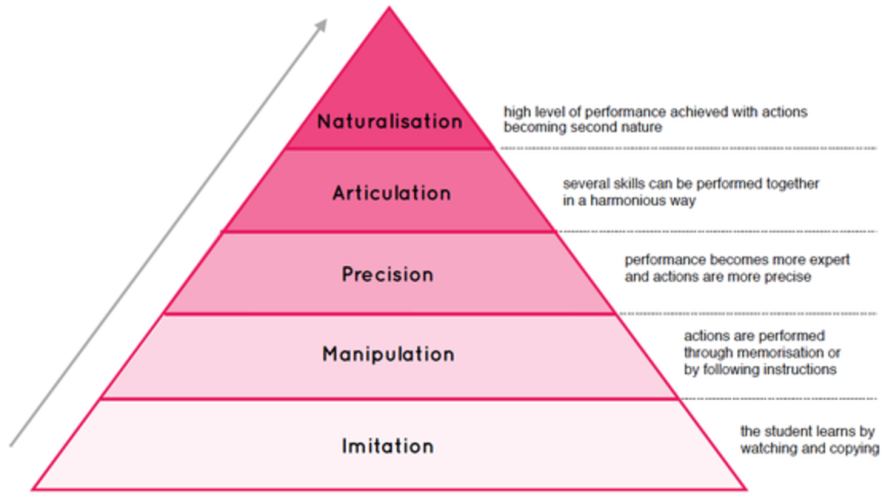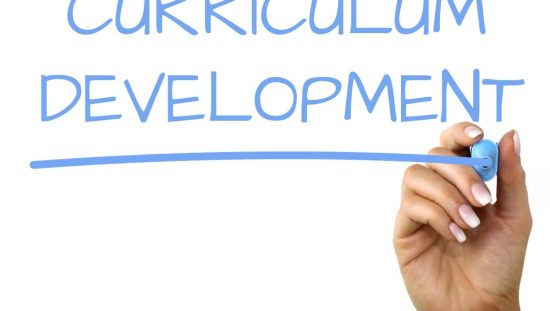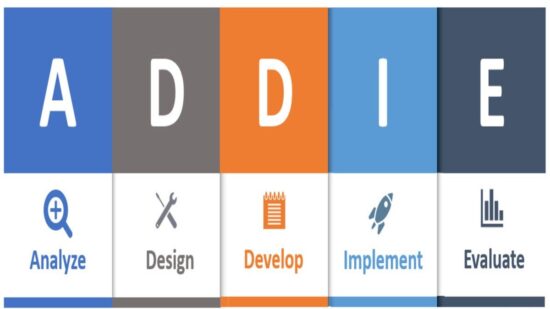The Dave’s taxonomy of psychomotor domain includes utilizing motor skills and the ability to coordinate them. This psychomotor domain includes physical movement, coordination, and use of the motor-skill areas. Development of these skills requires practice and is measured in terms of speed, strength, endurance, coordination, precision, distance, procedures, or techniques in execution. The Dave’s psychomotor domain is the simplest and generally easiest to apply in the corporate development environment.
Levels of Psychomotor Domain of Learning
Dave’s Psychomotor domain (1970) is probably the most commonly referenced and used psychomotor domain interpretation. Dave’s five levels of motor skills represent different degrees of competence in performing a skill. It captures the levels of competence in the stages of learning from initial exposure to final mastery. Imitation is the simplest level while Naturalization is the most complex level.
1. Imitation
Imitation involves the ability to learn and pattern your behavior after someone else. The learner observes a skill and attempts to repeat it, or sees a finished product and attempts to replicate it while attending to an exemplar. At this level, the performance may be of low quality.
Key Words (Verbs) — Attempt, Copy, Imitate, Mimic, Follow, Repeat, Duplicate, Replicate, Reproduce.
Examples (Learning Objectives) — The learner will be able to; Copy a work of art. Perform a skill while observing a demonstrator.
2. Manipulation
Manipulation involves the ability to perform certain tasks by memory or following instructions. The learner performs the skill or produces the product in a recognizable fashion by following general instructions rather than observation.
Key Words (Verbs) — Act, Build, Execute, Perform, Complete, Accomplish, Follow, Play, Produce.
Examples (Learning Objectives) — The learner will be able to; Perform a skill on one’s own after taking lessons or reading about it. Follow instructions to build a model.
3.Precision
Precision involves the ability to perform certain tasks with some level of expertise and without help or intervention from others. The learner independently performs the skill or produces the product, with accuracy, proportion, and exactness; at an expert level. At this level, the performance becomes more exact and refined.
Key Words (Verbs) — Achieve automatically, Excel expertly, Perform masterfully, Demonstrate skillfully, Calibrate perfectly.
Examples (Learning Objectives) — The learner will be able to; Perform a skill or task without assistance. Demonstrate a task to a beginner. Work and rework something, so it will be “just right.”
4. Articulation
Articulation involves the ability to adapt and integrate multiple actions to develop methods to meet varying and novel requirements. The learner modifies the skill or the product to fit new situations; combines more than one skills in sequence with harmony and consistency.
Key Words (Verbs) — Adapt, Construct, Combine, Create, Customize, Modify, Formulate, Alter, Originate.
Examples (Learning Objectives) — The learner will be able to; Combine a series of skills to produce a video that involves music, drama, color, sound, etc. Combine a series of skills or activities to meet a novel requirement.
5. Naturalization
Naturalization is the ability to perform actions in an automatic, intuitive or unconscious way. The learner accomplishes one or more skills with ease and makes the skill automatic with limited physical or mental exertion. At this level, the performance has become second-nature or natural, without needing to think much about it.
Key Words (Verbs) — Create, Design, Develop, Invent, Manage naturally or perfectly.
Examples (Learning Objectives) — The learner will be able to; Maneuver a car into a tight parallel parking spot. Operate a computer quickly and accurately. Display competence while playing the piano. For example, Michael Jordan playing basketball or Nancy Lopez hitting a golf ball.
References
Dave, R.H. (1970). Psychomotor levels in Developing and Writing Behavioral Objectives, pp.20-21. R.J. Armstrong, ed. Tucson, Arizona: Educational Innovators Press.
OTHER RELATED POSTS
Bloom’s Taxonomy of Educational Objectives
Cognitive Domain — Bloom’s Taxonomy




great
That’s really so helpful, thanks!